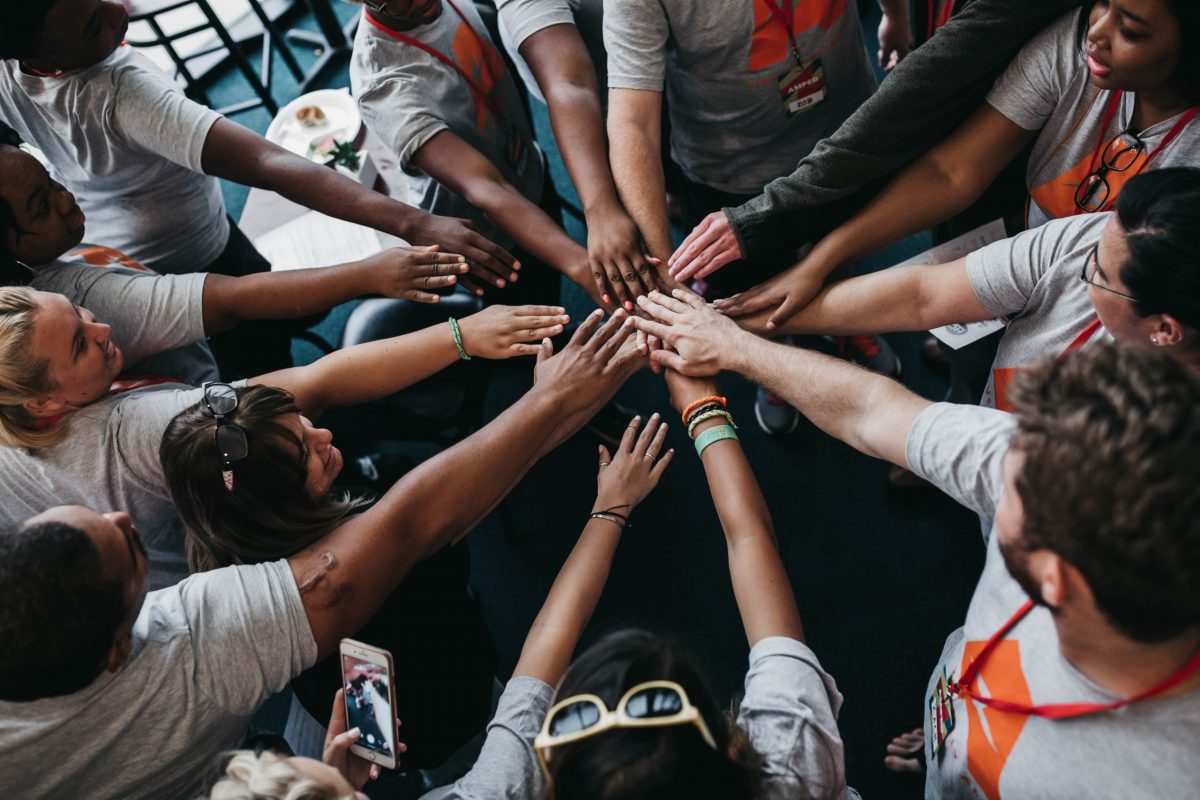We expect leaders to move quickly and decisively, demonstrating agility when responding to challenging situations and emerging opportunities. At the same time, they are expected to collaborate effectively across boundaries, actively solicit ideas from others before making decisions, and foster a team culture where every person feels valued, included, and connected. How can we manage the balance between agility and inclusion?
“There is more to life than simply increasing its speed.” ― Mahatma Gandhi
This may seem like an impossible ask. Can we invest the time to learn each person’s unique opinions and ideas and meet pressing deadlines? Can we genuinely foster an environment where everyone feels included and valued while moving at lightning speed?This apparent dilemma may have deepened during the global pandemic. Organizations realized that they could move faster, be nimbler, and get things done quicker than they ever thought possible. However, some of this newly found agility and speed was the outcome of crisis management, inadvertently creating insider/outsider dynamics. As we move from crisis management to a more sustainable approach, we should take the time to discuss how to manage the balance between agility and inclusion.

The first step is to acknowledge that there is a natural tension between speed and inclusion. In some instances, a more collaborative, inclusive approach can take longer than the situation will tolerate. However, speed and agility do not have to come at the expense of inclusion. A conscious leader can consider trade-offs and be intentional on the best approach to get things done.
If you are looking to manage the speed and inclusion balance for your team, here are some ideas you can consider:
Start by defining your intention
In conscious business, we believe that our actions respond to our mindsets, and our mindsets are shaped by our values and intentions. Being an inclusive leader requires working at the “being” level, as well as the “doing” level. Start by reflecting on what inclusion means to you. How do you want to be perceived as a leader and how your actions are reflecting that intention? Also consider how other values, such as fulfilling commitments and achievement, may be in alignment or in conflict. Check the story you are telling yourself about the situation. Are you creating a false dichotomy between getting things done quickly and being inclusive? Are you inadvertently asking others to choose agility over inclusion instead of finding a balance?
Tap into the wisdom of the team
Often, it’s not inclusive behaviors that slow down decisions and actions, but the ways we make decisions and collaborate. Organizational sluggishness is often the result of a lack of clarity around goals and roles in participation and passive-defensive cultural norms where people are expected to agree, gain approval, and be liked by others. If this is the case, the best way to drive change is to call out the problem, bring awareness to the situation, and ask your team and peers for ideas to balance speed and inclusion. Employees understand the need for agility and making decisions quickly. They also value a workplace where people feel that they belong and where their opinions and ideas matter. Ask them for feedback on how well the team is managing the balance and ideas on what can be done to foster more inclusive and agile collaboration.
Embed new habits
Identify small, but impactful habits that drive both inclusion and agility and make them part of your ways of working. For example:
- Conduct check-ins and check-outs in meetings. It makes meetings more productive by aligning participants’ expectations, understanding context, and creating meaningful connections, even in virtual settings.
- Be intentional about who weighs in on decisions and has the opportunity to participate. You may be inadvertently relying on the same ‘selected few’ because you trust them or like them more, instead of leveraging the talents and experience of every member of the team.
- Make it a habit to challenge yourself and the team when making decisions. Questions like these can help you do a quick check and foster constructive debate:
What points of view have we not considered yet?
Who needs to be involved to get the best possible outcome in the least amount of time?
How can we simplify or shave off time?
What are the trade-offs? - When launching a new initiative, ensure that there is a project charter meeting and regular check-ins where the team can discuss the following:
What is the best way to move quickly while keeping everyone in the loop?
How can we create a safe space for team members to share their thoughts and feelings, even if they are dissenting?
How will we discuss learnings and share them with others outside the team?
To become more agile, many established organizations have adopted the mantra “move fast and break things quickly” from the start-up world. Similarly, the key to finding more inclusive and agile ways of working is approaching the process with intention and a learner mindset. Experiment, learn from it, do it better next time, and foster a safe space for others to do the same.



